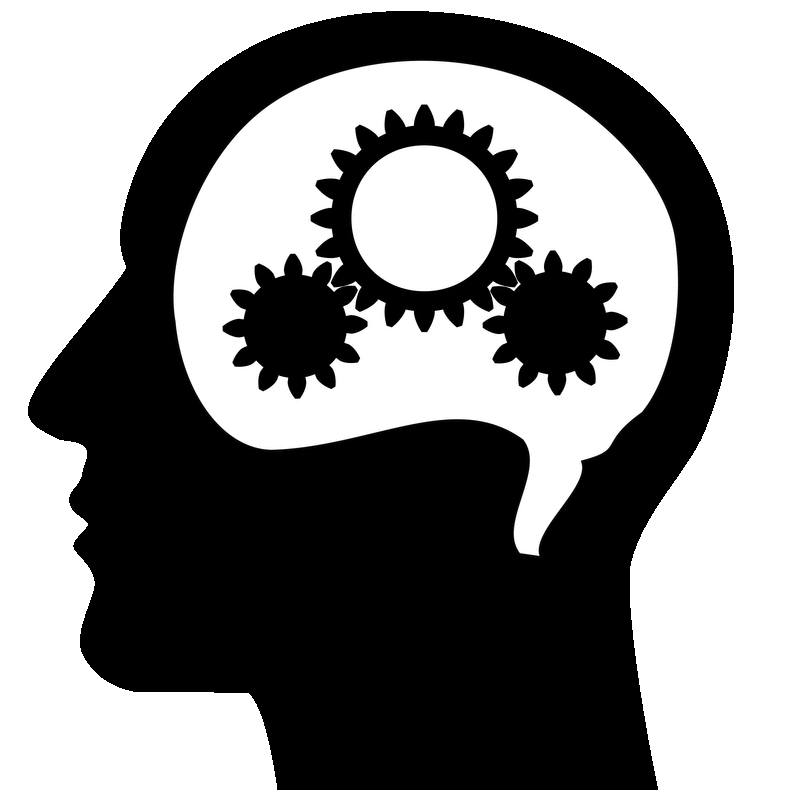

You can see that the sentences are now much more memorable because each of the sentences was placed in context. Next count backwards from 40 by fours, then check yourself to see how well you recalled the sentences this time. Now, try writing them again, using the following prompts: bagpipe, ship christening, and parachutist. How well did you do? By themselves, the statements that you wrote down were most likely confusing and difficult for you to recall.
Definition of encoding in psychology how to#
Once you know how to drive, you can encode additional information about this skill automatically. When you first learn new skills such as driving a car, you have to put forth effort and attention to encode information about how to start a car, how to brake, how to handle a turn, and so on. But what about the actual test material you studied? It probably required a lot of work and attention on your part in order to encode that information. Recalling the last time you studied for a test is another example of automatic processing. Automatic processing is usually done without any conscious awareness.

This is known as automatic processing, or the encoding of details like time, space, frequency, and the meaning of words. If someone asks you what you ate for lunch today, more than likely you could recall this information quite easily. Encoding information occurs through both automatic processing and effortful processing. We organize the information with other similar information and connect new concepts to existing concepts.
Definition of encoding in psychology code#
Once we receive sensory information from the environment, our brains label or code it. We get information into our brains through a process called encoding, which is the input of information into the memory system. Retrieval, or getting the information out of memory and back into awareness, is the third function. Storage is the retention of the encoded information. Encoding involves the input of information into the memory system.


 0 kommentar(er)
0 kommentar(er)
